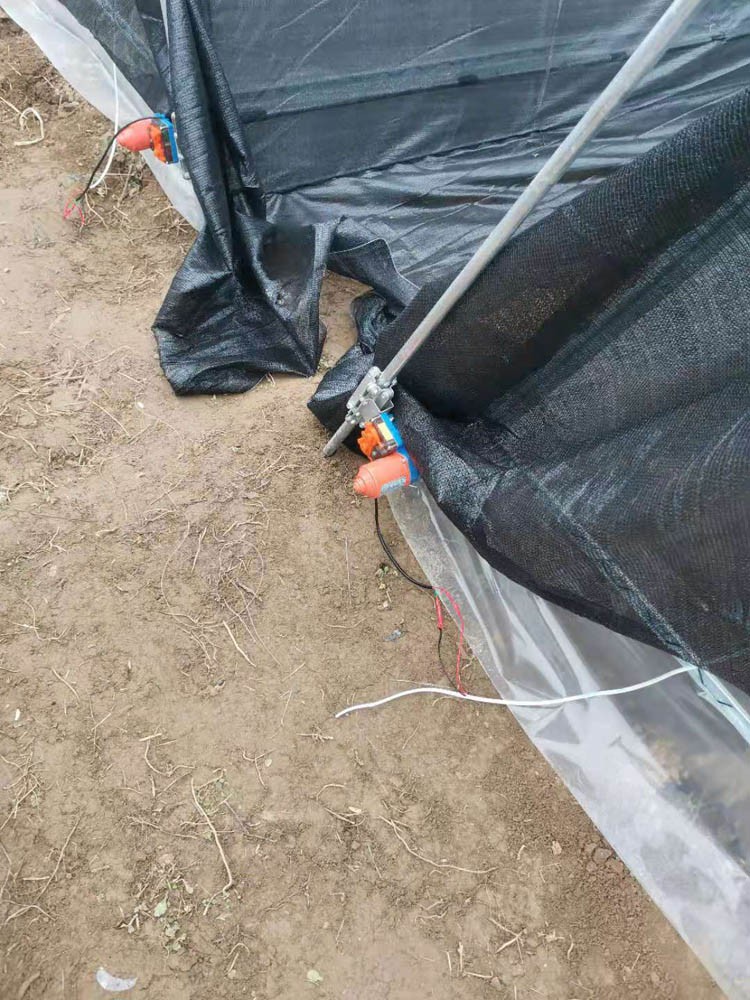Nutrient soil disinfection method for seedbed making
Nutrient soil for seedbed preparation:
Seedbed Preparation Bed Soil Disinfection: There are many pathogens in soil and fertilizers. Therefore, the seedling stage diseases such as sudden change, fusarium wilt and anthracnose are prone to occur. Sometimes it is easily damaged by underground pests such as crickets, grubs, needles, etc., especially when the plastic greenhouse seedbeds are used to make soil for many years of continuous seedlings, the damage is serious. In order to prevent the occurrence of these diseases and insect pests, in addition to changing the bed soil, it is also necessary to do a good job in the disinfection of the bed soil and the prevention and control of diseases and insect pests.
There are many fungicides used for soil disinfection in seedbed production, such as pentachloronitrobenzene, zinc Dyson, formalin, copper sulfate, methyl bromide, etc. Insecticides are phoxim, methyl isothiocyanate, trichlorfon and so on. When using fungicides, special care should be taken to prevent damage to seed buds and sprouts. Therefore, small-scale experiments are conducted before large-scale deployment. Different medicines have different disinfection methods.
Seedbed preparation of pentachloronitrobenzene and mancozeb disinfection method: each square meter of bed soil surface is mixed with 5 grams of pentachloronitrobenzene and manganese zinc, and 12-15 kg of semi-dry fine soil constitutes medicinal soil. Use as subsoil or cover soil when sowing.








